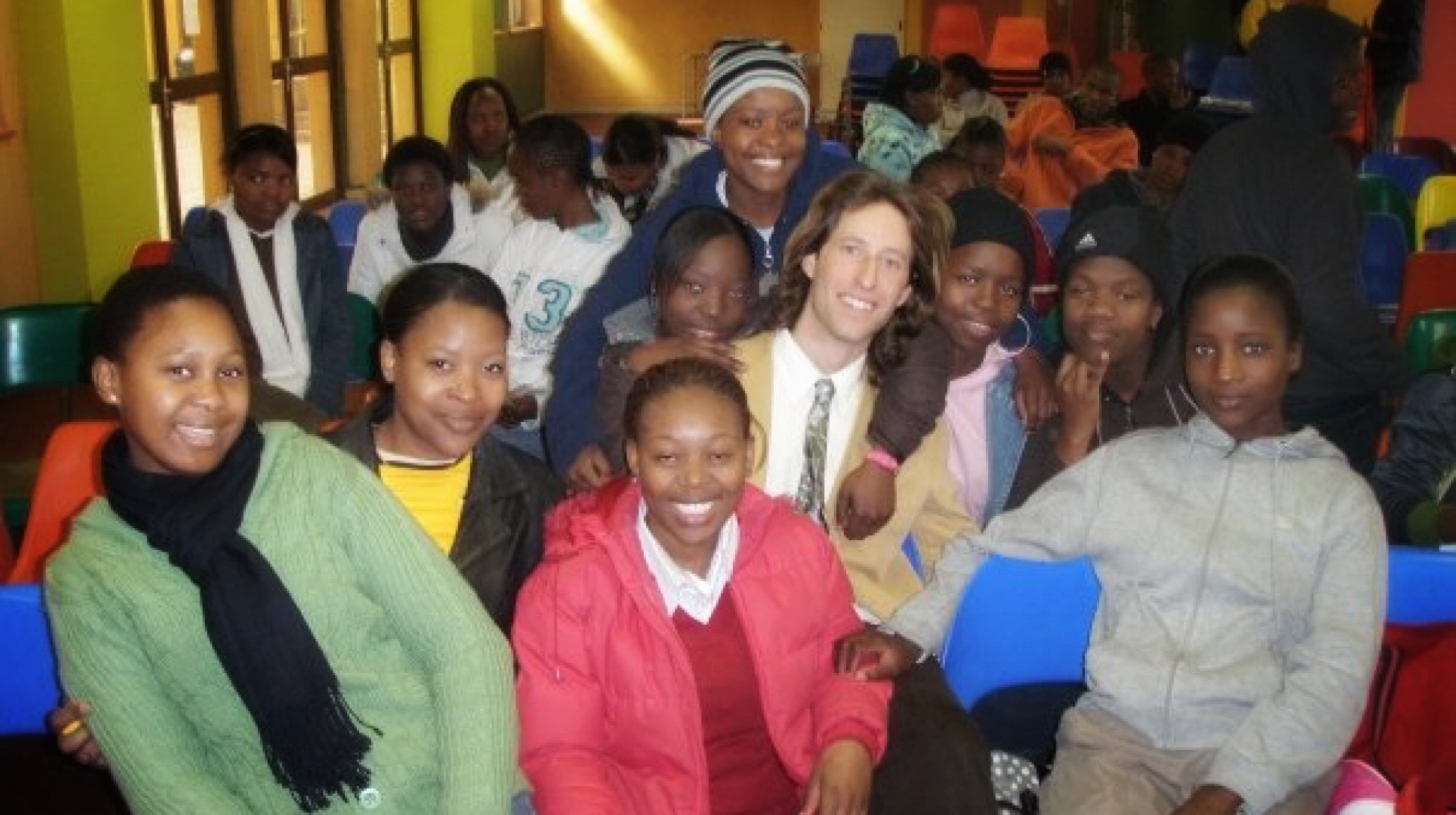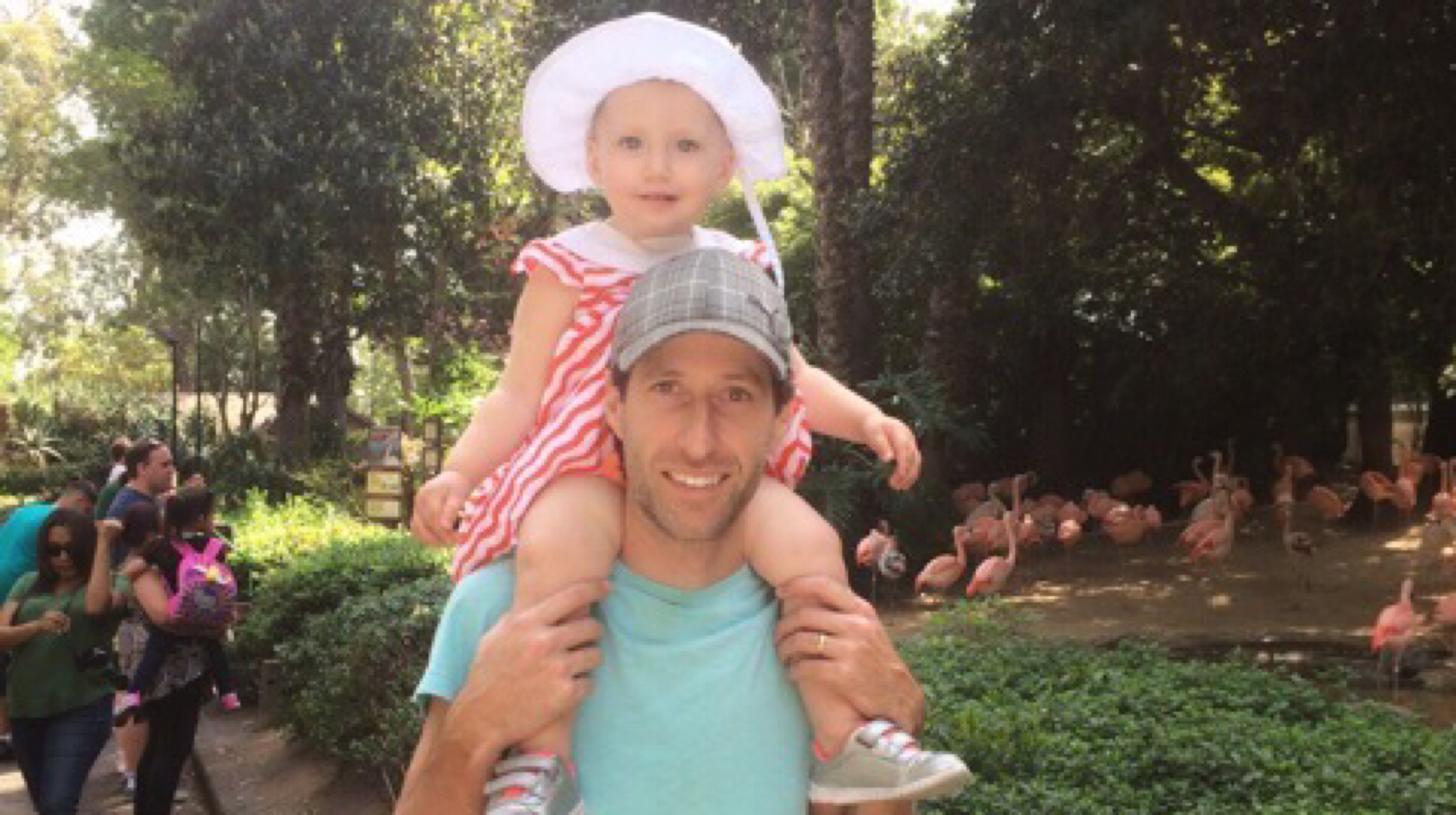 Walking meditation is a simple and universal practice for developing embodied awareness. Often when walking we mentally ‘check out’ and fall into autopilot mode but this ten minute meditation will guide you to stay grounded in mindfulness instead. Mindful walking develops feelings of calm and connectedness as well as an appreciation of the world around us.
Walking meditation is a simple and universal practice for developing embodied awareness. Often when walking we mentally ‘check out’ and fall into autopilot mode but this ten minute meditation will guide you to stay grounded in mindfulness instead. Mindful walking develops feelings of calm and connectedness as well as an appreciation of the world around us.
The great thing about walking meditation is that it makes use of something you already do, so it doesn’t require any extra time out of your day.
This audio below will guide you through a walking meditation practice. You can do it no matter where you are, even in a busy, crowded or noisy place.
You don’t have to walk in any special way. It’s not about the way you walk, but rather where your attention is as you walk.
How to Practice Walking Meditation
Before you begin your meditation, find a space to walk. It could be outdoors, or inside perhaps in a hallway, or a room, where you can do this practice by walking back and forth.
This meditation could be done as a formal practice (formal meaning you take time out of your day specifically for this meditation, the way you might do sitting meditation). Or it can be informal, bringing mindfulness to your walking as you travel from one place to another.
Try Walking Meditation On Your Own With These 6 Simple Steps
- If you have the time and opportunity, take a pause before you begin and gather your awareness into your body. Feel the sensation of your feet in contact with the ground. Take one deep slow mindful breath – in and out.
- Keeping your eyes open, begin walking at a natural pace, or if possible just slightly slower than your normal pace. With each step, pay attention to the sensations on the soles of the feet as each foot touches the ground. It doesn’t matter whether you are wearing shoes or not. Just keep noticing the feelings and sensations in the feet as each foot meets the ground. Notice the changes in pressure, texture and sensation, one foot after the other. You’ll need to obviously keep enough awareness of the world around you, so you’re aware of where you’re going and staying safe, but the main focus of attention is feeling the soles of the feet. If you’re in a small space you can practice by walking ten paces or so, or walking the length of a room, and then turning around.
- When the mind wanders away from feeling the sensations in the feet, gently guide the focus back to the feet. There is no need for any frustration or irritation if the mind wanders. It’s the same for everyone. Simply bring the focus back as many times as you need.
- Now as you continue walking naturally, expand your attention to vision. Bring your full attention to what you can see. Taking in the various colours, the shapes, the movements, the play of light and shadow. Aiming to put aside any mental commentary, labeling or judging about what you see, and instead just being present with what is here to be seen. Again if your mind wanders, guide it back to being fully present to what you can see.
- Now for a few minutes, expand your attention to sounds. Whether you’re indoors, in the woods, or in a city, pay attention to sounds. Notice sounds as nothing more or less than sound, without getting caught up in whether you find them pleasant or unpleasant.
- In the final moments of the meditation bring the focus back to awareness of the physical sensations on the soles of the feet. No matter where you’re mind wandered to in the practice, just notice the feet again touching the ground.
When you’re ready to end your walking meditation, pausing once again and taking one deep slow mindful breath, in and out. Proceed with the rest of your day with an intention to take this mindful awareness with you.





